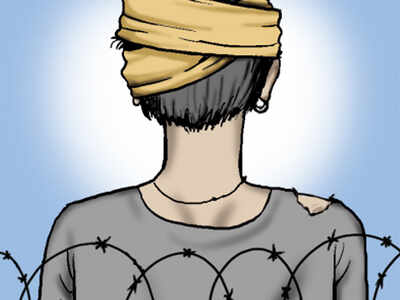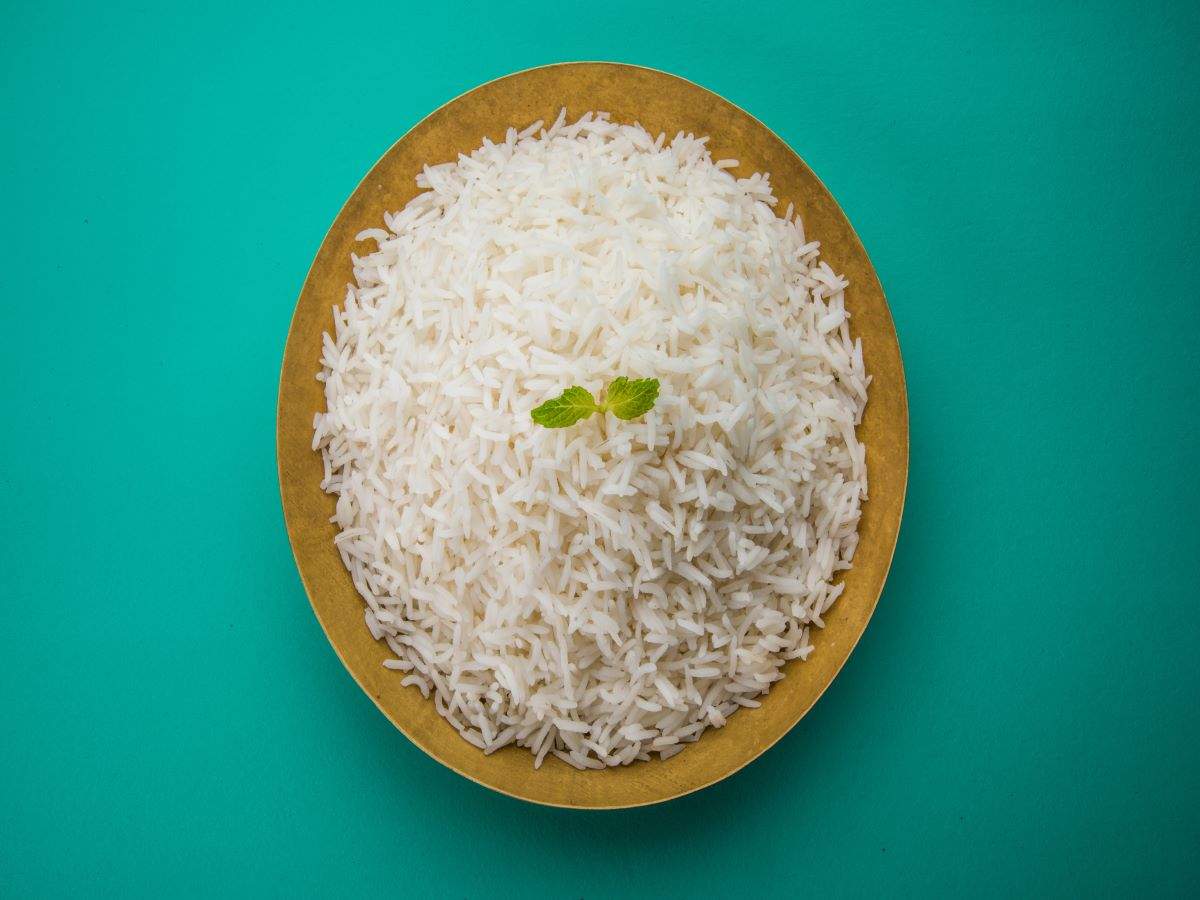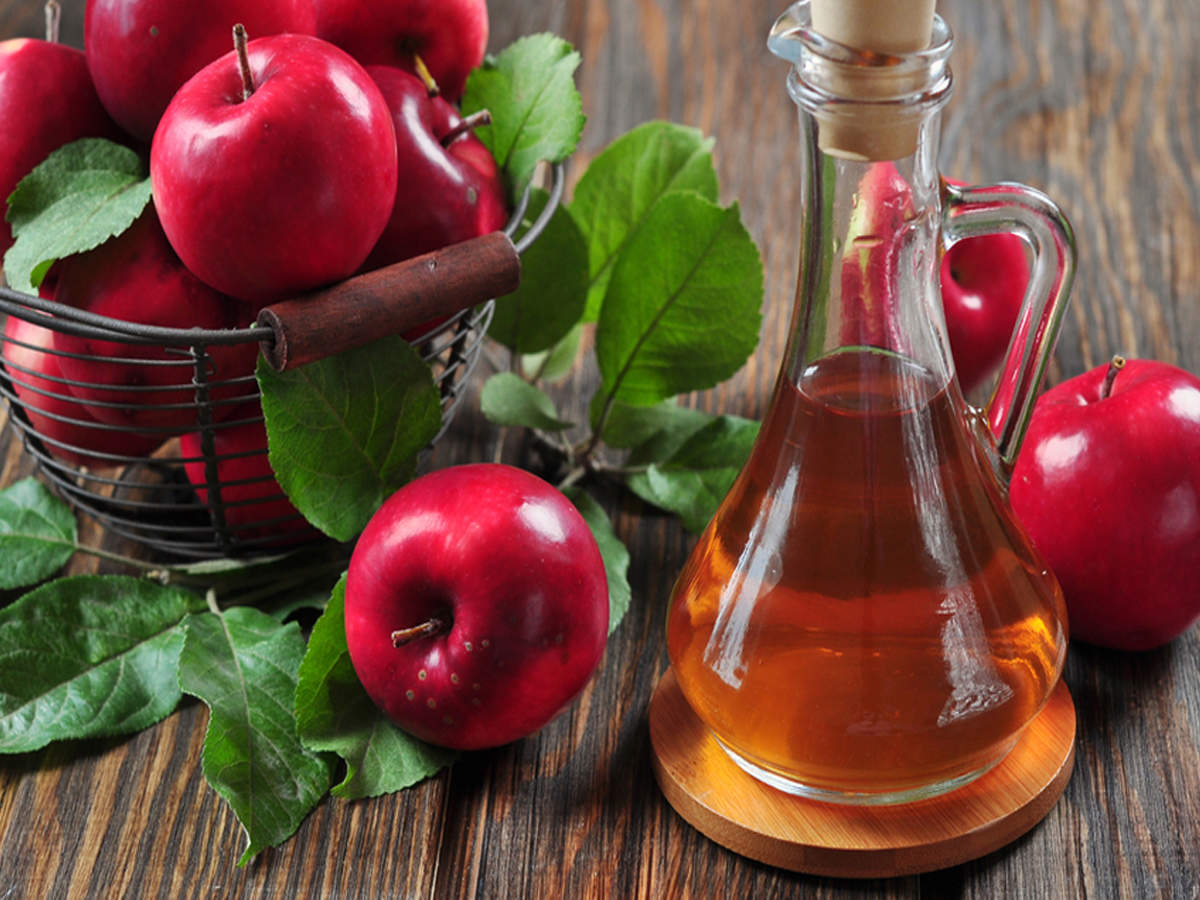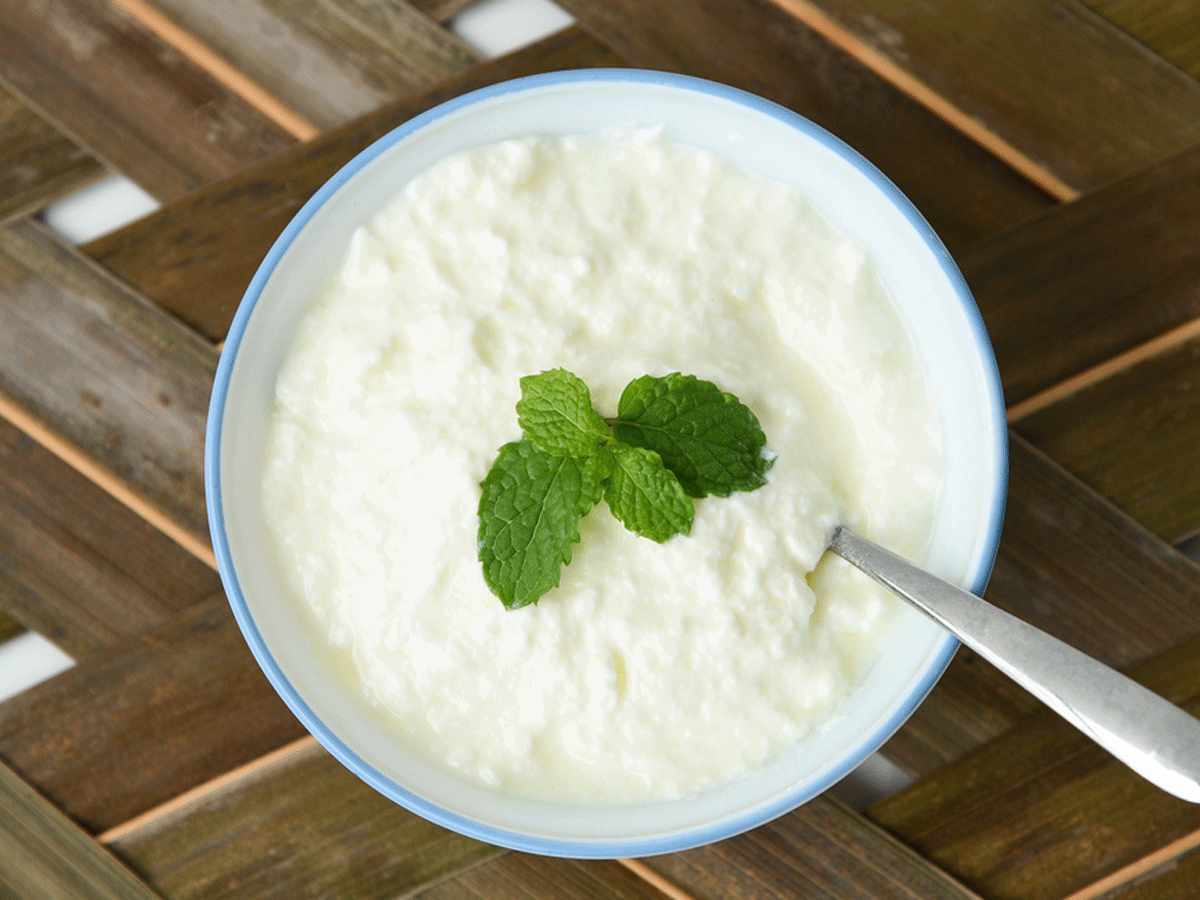
BATHINDA: Farm organizations of Punjab have termed the Centre’s hike in the minimum support price (MSP) for kharif crops announced on Wednesday as a “cruel joke” on them, saying there was a “big difference” in the way the Centre calculated costs borne by farmers for growing the 14 crops of the season and the actual expenditure.
The union government on Wednesday evening announced the MSP of 14 kharif crops making small increases. Even as SAD and BJP hailed the MSP hikes, which the PM Narendra Modi government has termed as a “major step” towards doubling farm incomes by 2022, farm organizations called it “mere imagination”. They said the MSPs were less than input costs and not even equal to the 50% profit formula suggested by agricultural scientist M S Swaminathan.
Of the 14 Kharif crops, only paddy and cotton are the major ones in Punjab. The MSP on paddy has been enhanced by Rs 65 per quintal, whereas MSP of cotton has been enchanced by Rs 100 per quintal. The MSP of paddy earlier was Rs 1,750 per quintal and Rs 1,770 per quintal for paddy of fine quality. This has now been hiked to Rs 1,815 and 18,35 per quintal. The MSP for medium staple of cotton was Rs 5,150 per quintal and of long staple was Rs 5,450 per quintal. This has been hiked to Rs 5,255 and Rs 5,550.
In Punjab, long staple cotton of 27.5-28.5mm is produced, and its per-quintal MSP has been hiked from Rs 5,350 and to Rs 5,450. “The Centre claims to have fulfilled its promise of giving 50% profit to farmers over input costs by increasing the MSPs, but it is false. Swaminathan recommended a C2 (comprehensive cost) formula for determining the input cost of crops. However, the Modi government has used the A2-plus-family labour formula, which is well short of actual costs of farmers,” said farm organisation Bharatiya Kisan Union (BKU) Ekta Dakonda general secretary Jagmohan Singh. “If the actual cost and 50% profit are calculated, the MSP should have been nearly Rs 2,400 per quintal for paddy,” he said.
He said apart from fixing MSP, the Centre must ensure that crops were sold at MSP as most of them, except paddy, were sold much below the MSP. Moong and sunflower are among such crops.
Under the A2 formula, the expenses include value of hired labour, owned machinery, hired machinery charges, value of seed, fertilizers, pesticides, manure, irrigation, depreciation of implements, land revenue, interest in working capital, and rent paid for lease of land.
On the other hand, the C2 formula includes all expenses of A2, and also the interest on value of owned capital assets, rental value of owned land or rent paid for lease of land, and imputed value of family labour.
There is a big variation in determining the input cost as per A2 and C2 formula.
BKU Ekta Ugrahan general secretary Sukhdev Singh Kokri said the government considered rent of land at Rs 15,000 per acre, but it was over Rs 45,000 per acre. “Interest on capital and salary of the cultivators are other factors where there is a difference between the government’s calculation and reality. This difference belies the claims of the government of providing 50% profit over input cost and doubling the income of farmers by 2022,” he said.
“We want all factors to be included while fixing MSP,” said Krantikari Kisan Union leader Surjit Singh Phool.
All India Kisan Sangharsh Coordination Committee (AIKSCC) too rejected the hikes in MSP, calling them meagre. Union agriculture minister N S Tomar and Union food-processing industry minister Harsimrat Kaur Badal has appreciated the increase in MSP.
The union government on Wednesday evening announced the MSP of 14 kharif crops making small increases. Even as SAD and BJP hailed the MSP hikes, which the PM Narendra Modi government has termed as a “major step” towards doubling farm incomes by 2022, farm organizations called it “mere imagination”. They said the MSPs were less than input costs and not even equal to the 50% profit formula suggested by agricultural scientist M S Swaminathan.
Of the 14 Kharif crops, only paddy and cotton are the major ones in Punjab. The MSP on paddy has been enhanced by Rs 65 per quintal, whereas MSP of cotton has been enchanced by Rs 100 per quintal. The MSP of paddy earlier was Rs 1,750 per quintal and Rs 1,770 per quintal for paddy of fine quality. This has now been hiked to Rs 1,815 and 18,35 per quintal. The MSP for medium staple of cotton was Rs 5,150 per quintal and of long staple was Rs 5,450 per quintal. This has been hiked to Rs 5,255 and Rs 5,550.
In Punjab, long staple cotton of 27.5-28.5mm is produced, and its per-quintal MSP has been hiked from Rs 5,350 and to Rs 5,450. “The Centre claims to have fulfilled its promise of giving 50% profit to farmers over input costs by increasing the MSPs, but it is false. Swaminathan recommended a C2 (comprehensive cost) formula for determining the input cost of crops. However, the Modi government has used the A2-plus-family labour formula, which is well short of actual costs of farmers,” said farm organisation Bharatiya Kisan Union (BKU) Ekta Dakonda general secretary Jagmohan Singh. “If the actual cost and 50% profit are calculated, the MSP should have been nearly Rs 2,400 per quintal for paddy,” he said.
He said apart from fixing MSP, the Centre must ensure that crops were sold at MSP as most of them, except paddy, were sold much below the MSP. Moong and sunflower are among such crops.
Under the A2 formula, the expenses include value of hired labour, owned machinery, hired machinery charges, value of seed, fertilizers, pesticides, manure, irrigation, depreciation of implements, land revenue, interest in working capital, and rent paid for lease of land.
On the other hand, the C2 formula includes all expenses of A2, and also the interest on value of owned capital assets, rental value of owned land or rent paid for lease of land, and imputed value of family labour.
There is a big variation in determining the input cost as per A2 and C2 formula.
BKU Ekta Ugrahan general secretary Sukhdev Singh Kokri said the government considered rent of land at Rs 15,000 per acre, but it was over Rs 45,000 per acre. “Interest on capital and salary of the cultivators are other factors where there is a difference between the government’s calculation and reality. This difference belies the claims of the government of providing 50% profit over input cost and doubling the income of farmers by 2022,” he said.
“We want all factors to be included while fixing MSP,” said Krantikari Kisan Union leader Surjit Singh Phool.
All India Kisan Sangharsh Coordination Committee (AIKSCC) too rejected the hikes in MSP, calling them meagre. Union agriculture minister N S Tomar and Union food-processing industry minister Harsimrat Kaur Badal has appreciated the increase in MSP.
World Cup 2019
Trending Topics
More from TOI
Navbharat Times
Featured Today in Travel
Quick Links
Lok Sabha Election Schedule 2019Lok Sabha Election NewsDelhi Capitals teamMI team 2019Rajasthan Royals 2019RCB team 2019Maharashtra Lok Sabha ConstituenciesBJP Candidate ListBJP List 2019 TamilnaduShiv Sena List 2019AP BJP List 2019Mamata BanerjeeBJP List 2019 MaharashtraPriyanka GandhiBJP List 2019 KarnatakaAMMK Candidate List 2019BJP List 2019 WBLok Sabha Elections in Tamil NaduBSP List 2019 UPNews in TamilLok Sabha Poll 2019Satta Matka 2018PM ModiMahagathbandhanNagpur BJP Candidate ListChandrababu NaiduTamil Nadu ElectionsUrmila MatondkarNews in TeluguMadras High CourtTejashwi YadavArvind KejriwalTejasvi SuryaPawan KalyanArvind KejriwalYogi AdityanathJaya PradaSatta King 2019Srinagar encounter
Get the app









